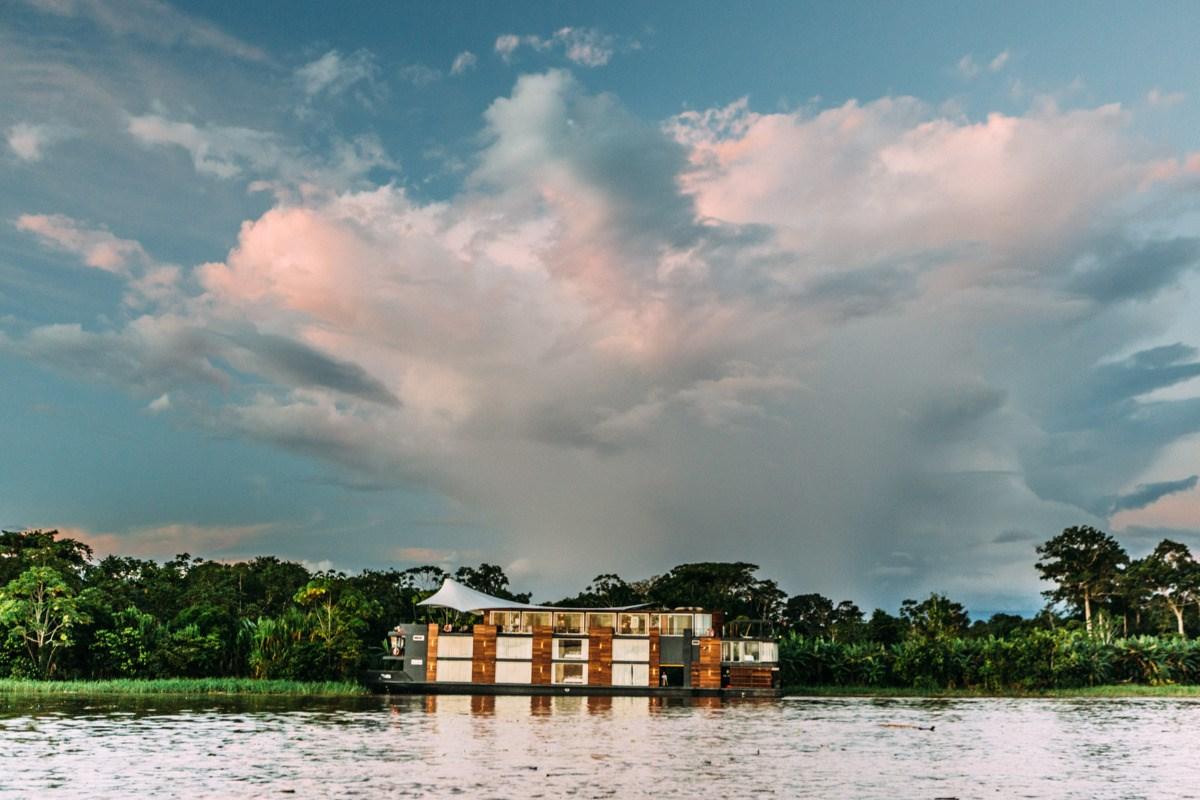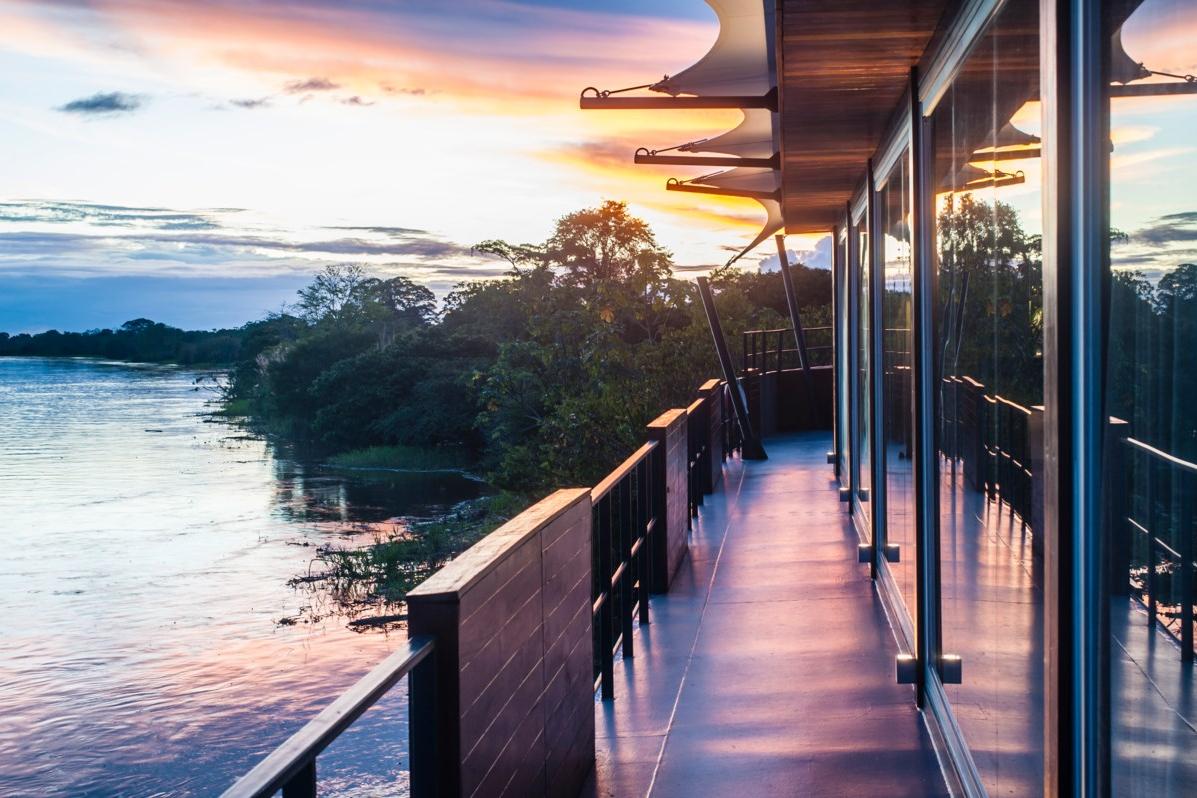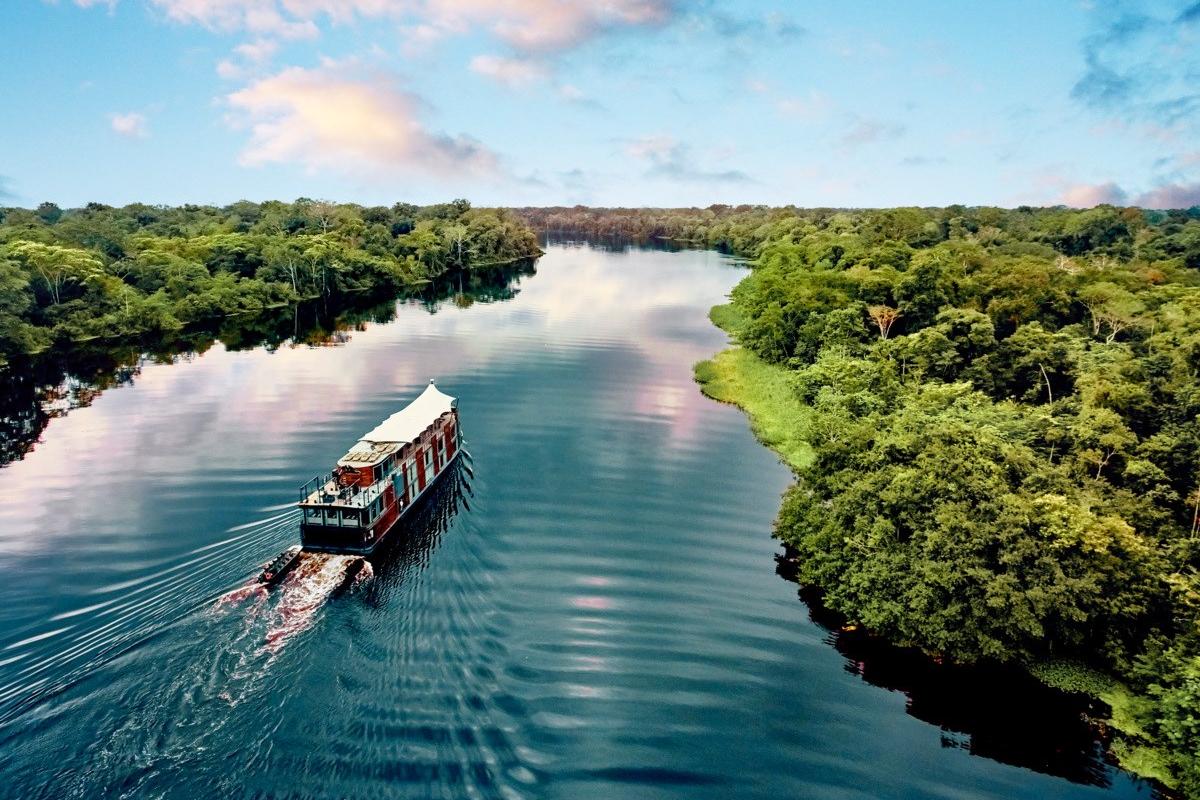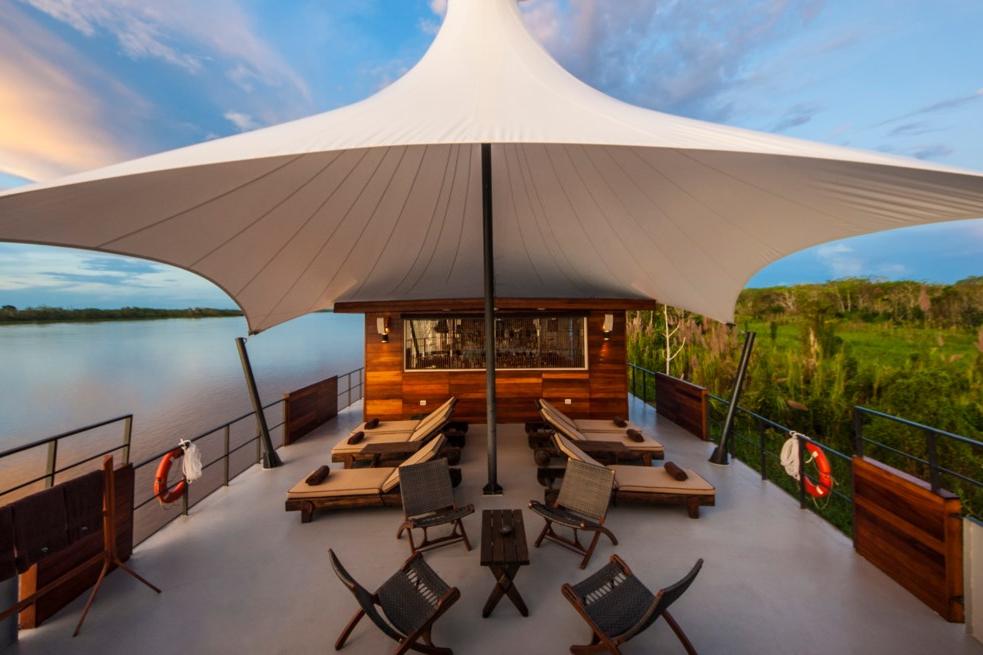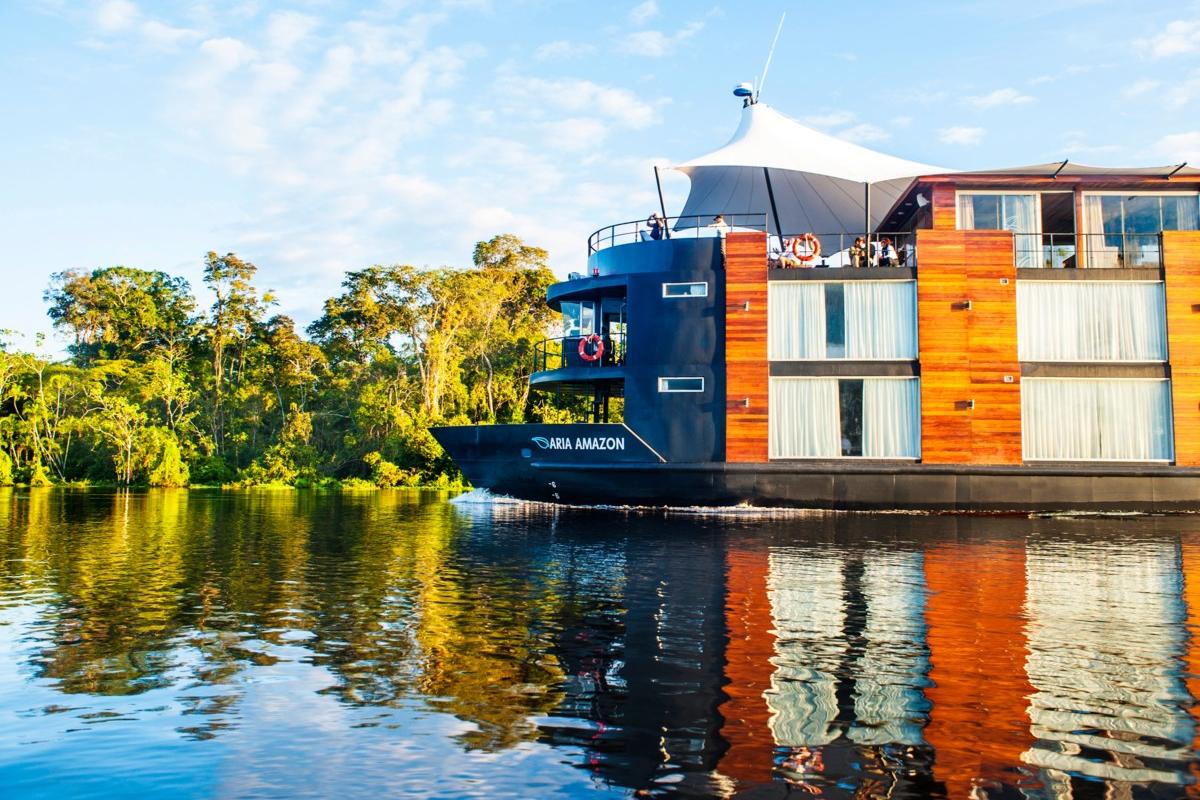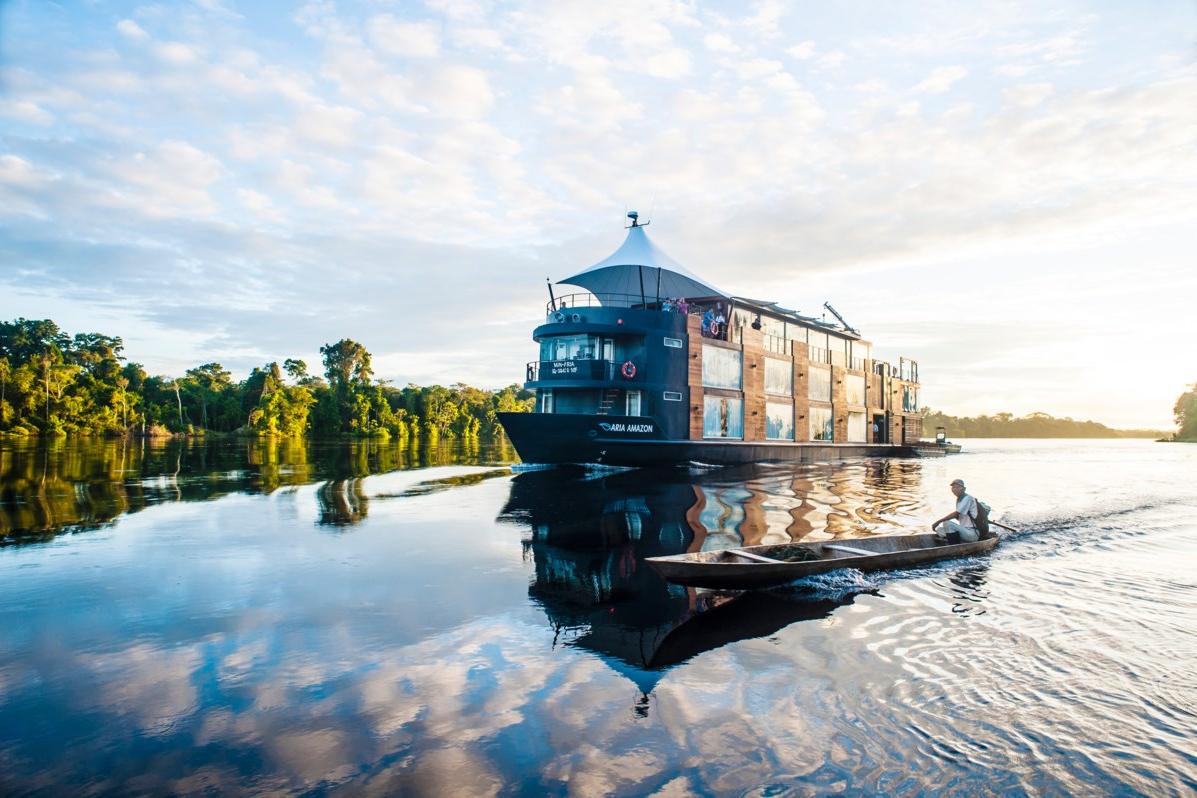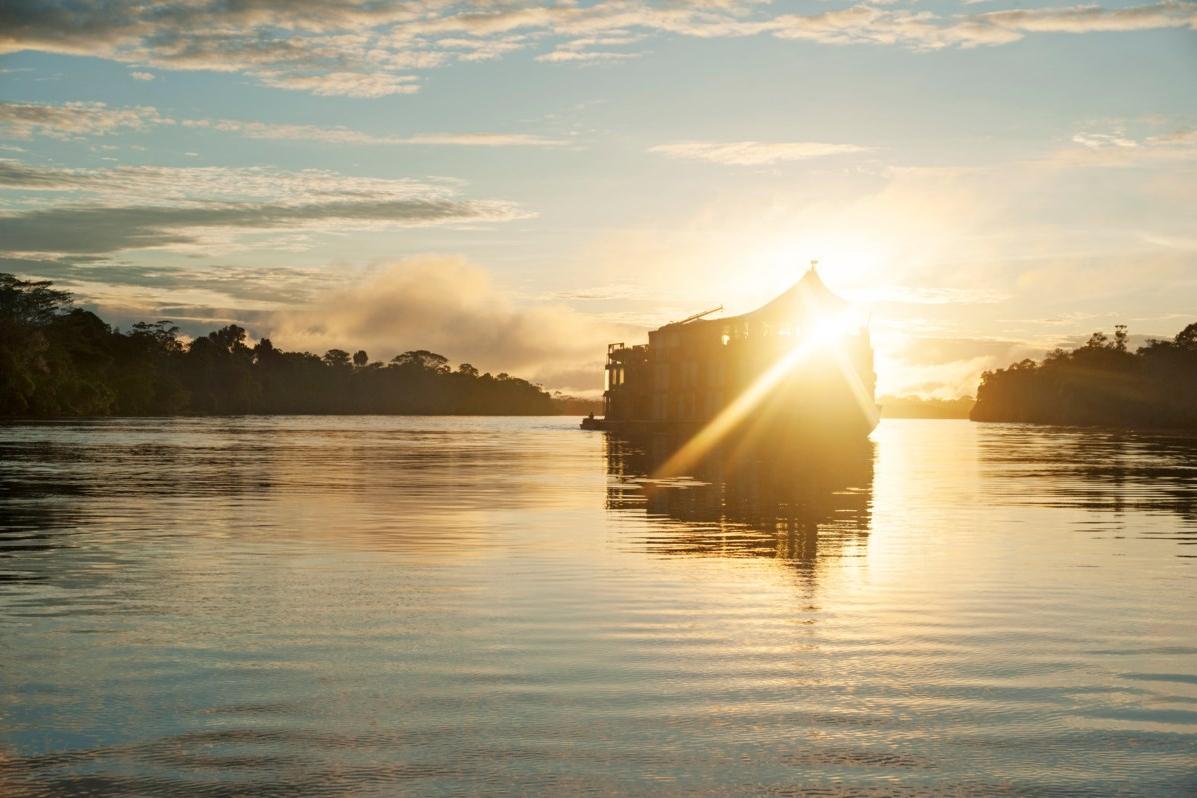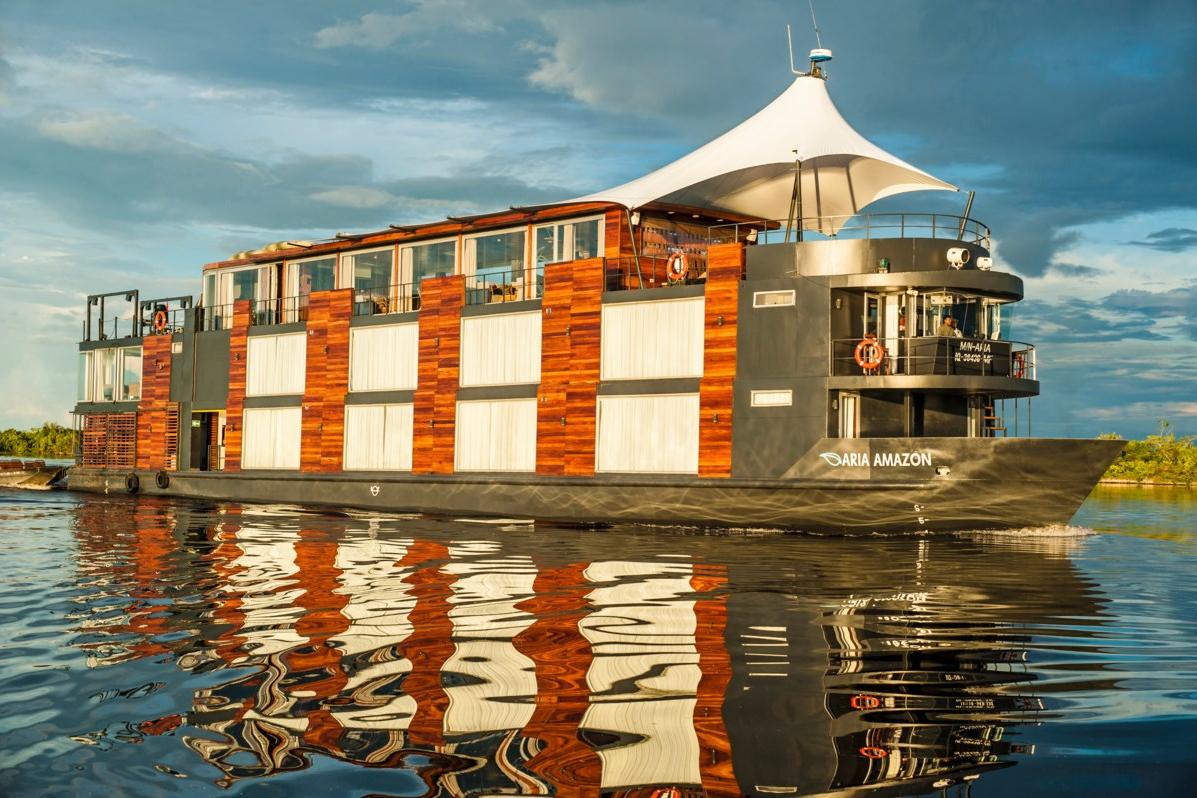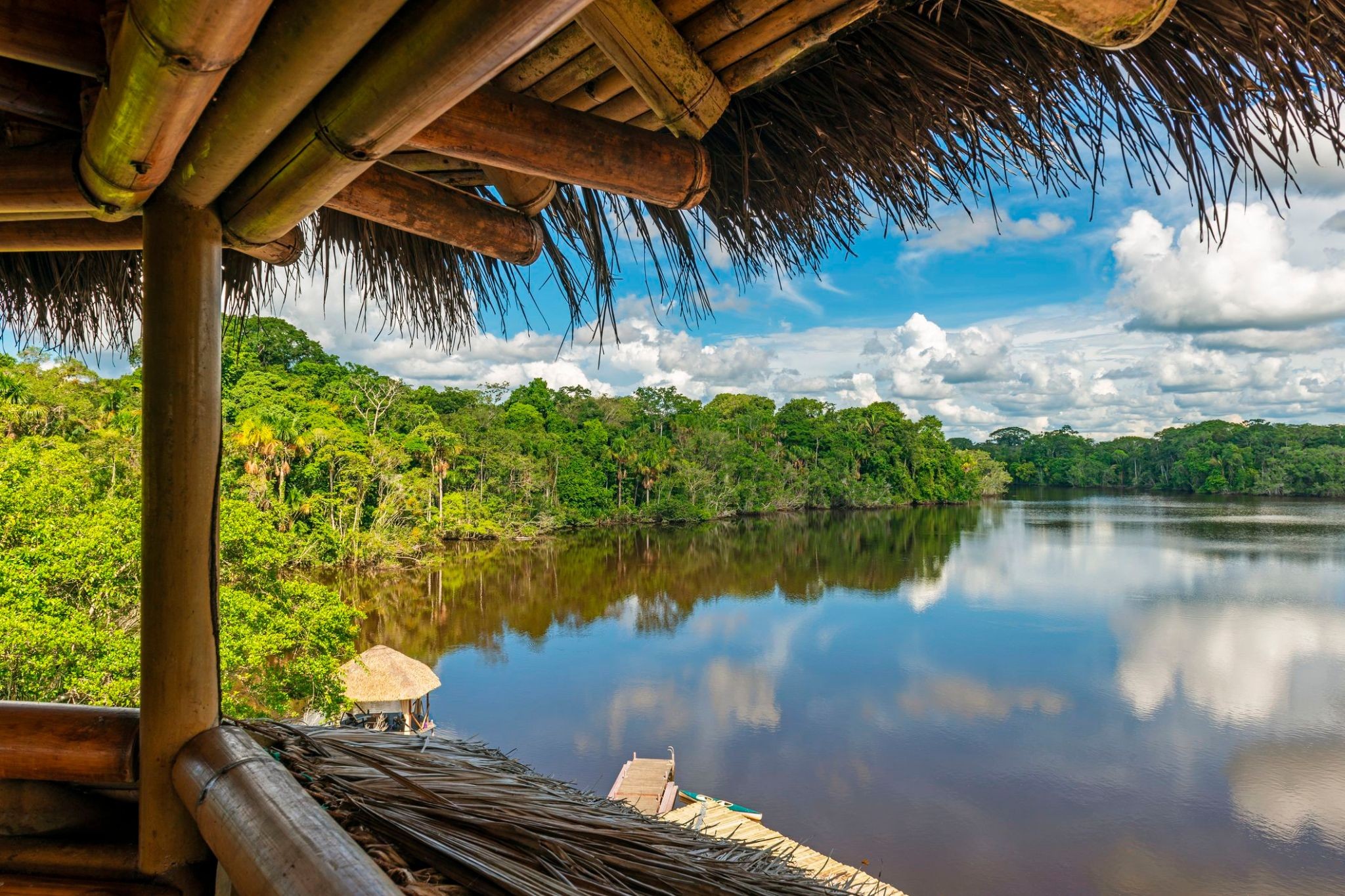Cruise: 30,877,307
Unfortunately this cruise is temporarily unavailable.
Peruvian Rivers & Rainforest Discovery (2025)
| Company : Uniworld |
| Ship : Aria Amazon |
| Journey Start : Wed 23 Apr 2025 |
| Journey End : Sat 03 May 2025 |
| Count Nights : 10 nights |
Schedule
| Day | Date | Port |
|---|---|---|
| 1 | 23.04 Wed | Lima / Peru |
| 2 | 24.04 Thu | Lima / Peru |
| 3 | 25.04 Fri | Iquitos / Peru |
| 4 | 26.04 Sat | Amazon Rivers / Peru |
| 5 | 27.04 Sun | Amazon Rivers / Peru |
| 6 | 28.04 Mon | Bulls / Peru |
| 7 | 29.04 Tue | Amazon Rivers / Peru |
| 8 | 30.04 Wed | Amazon Rivers / Peru |
| 9 | 1.05 Thu | Amazon Rivers / Peru |
| 10 | 2.05 Fri | Bulls / Peru |
| 11 | 3.05 Sat | Lima / Peru |
-
 Day 1:
Day 1:Lima / Peru
Lima is the capital and the largest city of Peru. It is located in the valleys of the Chillón, Rímac and Lurín rivers, in the central coastal part of the country, overlooking the Pacific Ocean. Together with the seaport of Callao, it forms a contiguous urban area known as the Lima Metropolitan Area. With a population of more than 9 million, Lima is the most populous metropolitan area of Peru and the third-largest city in the Americas (as defined by "city proper"), behind São Paulo and Mexico City.
Lima was founded by Spanish conquistador Francisco Pizarro on January 18, 1535, as Ciudad de los Reyes. It became the capital and most important city in the Viceroyalty of Peru. Following the Peruvian War of Independence, it became the capital of the Republic of Peru. Around one-third of the national population lives in the metropolitan area.
-
 Day 2:
Day 2:Lima / Peru
Lima is the capital and the largest city of Peru. It is located in the valleys of the Chillón, Rímac and Lurín rivers, in the central coastal part of the country, overlooking the Pacific Ocean. Together with the seaport of Callao, it forms a contiguous urban area known as the Lima Metropolitan Area. With a population of more than 9 million, Lima is the most populous metropolitan area of Peru and the third-largest city in the Americas (as defined by "city proper"), behind São Paulo and Mexico City.
Lima was founded by Spanish conquistador Francisco Pizarro on January 18, 1535, as Ciudad de los Reyes. It became the capital and most important city in the Viceroyalty of Peru. Following the Peruvian War of Independence, it became the capital of the Republic of Peru. Around one-third of the national population lives in the metropolitan area.
-
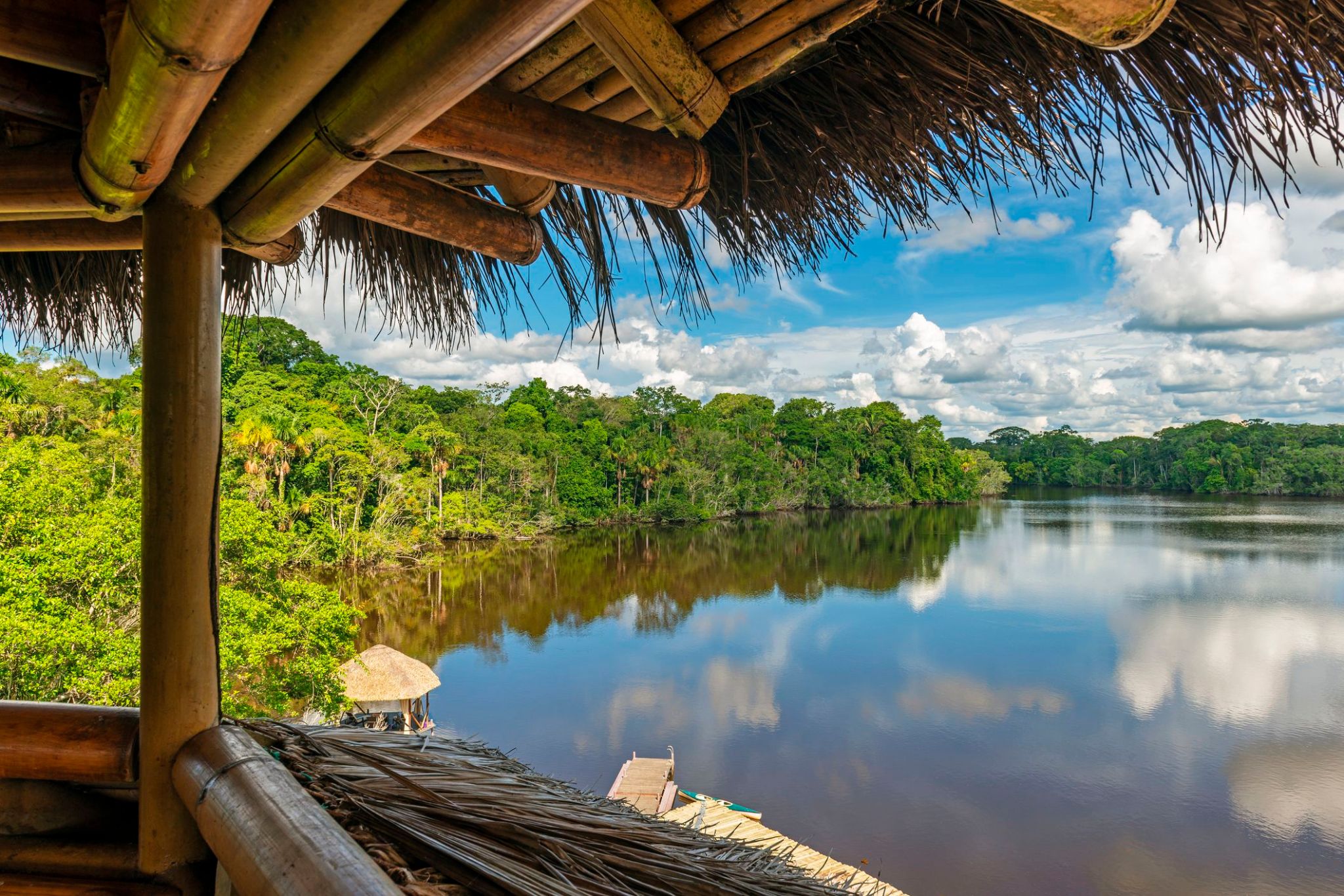 Day 3:
Day 3:Iquitos / Peru
Surrounded by endless jungle and accessible only by air or river, Iquitos is the largest city in the world that cannot be reached by road. Located in the heart of the Peruvian Amazon, it draws travelers with its unique location and atmosphere: ancient traditions, raw natural beauty, and traces of the colonial era blend here. As you stroll along the Malecón Tarapacá promenade, you'll hear Spanish mingling with Indigenous languages, and the local markets will surprise you with exotic fruits and crafts.
Iquitos is the gateway to real adventure: from here, Amazon cruises depart, jungle expeditions begin, and visits to shamanic villages offer deep encounters with biodiversity found nowhere else. The city is also rich in cultural heritage — rubber boom mansions, museums, and vibrant festivals make it not only a natural but also a cultural gem of the region.
-
 Day 4:
Day 4:Amazon Rivers / Peru
-
 Day 5:
Day 5:Amazon Rivers / Peru
-
 Day 6:
Day 6:Bulls / Peru
-
 Day 7:
Day 7:Amazon Rivers / Peru
-
 Day 8:
Day 8:Amazon Rivers / Peru
-
 Day 9:
Day 9:Amazon Rivers / Peru
-
 Day 10:
Day 10:Bulls / Peru
-
 Day 11:
Day 11:Lima / Peru
Lima is the capital and the largest city of Peru. It is located in the valleys of the Chillón, Rímac and Lurín rivers, in the central coastal part of the country, overlooking the Pacific Ocean. Together with the seaport of Callao, it forms a contiguous urban area known as the Lima Metropolitan Area. With a population of more than 9 million, Lima is the most populous metropolitan area of Peru and the third-largest city in the Americas (as defined by "city proper"), behind São Paulo and Mexico City.
Lima was founded by Spanish conquistador Francisco Pizarro on January 18, 1535, as Ciudad de los Reyes. It became the capital and most important city in the Viceroyalty of Peru. Following the Peruvian War of Independence, it became the capital of the Republic of Peru. Around one-third of the national population lives in the metropolitan area.

